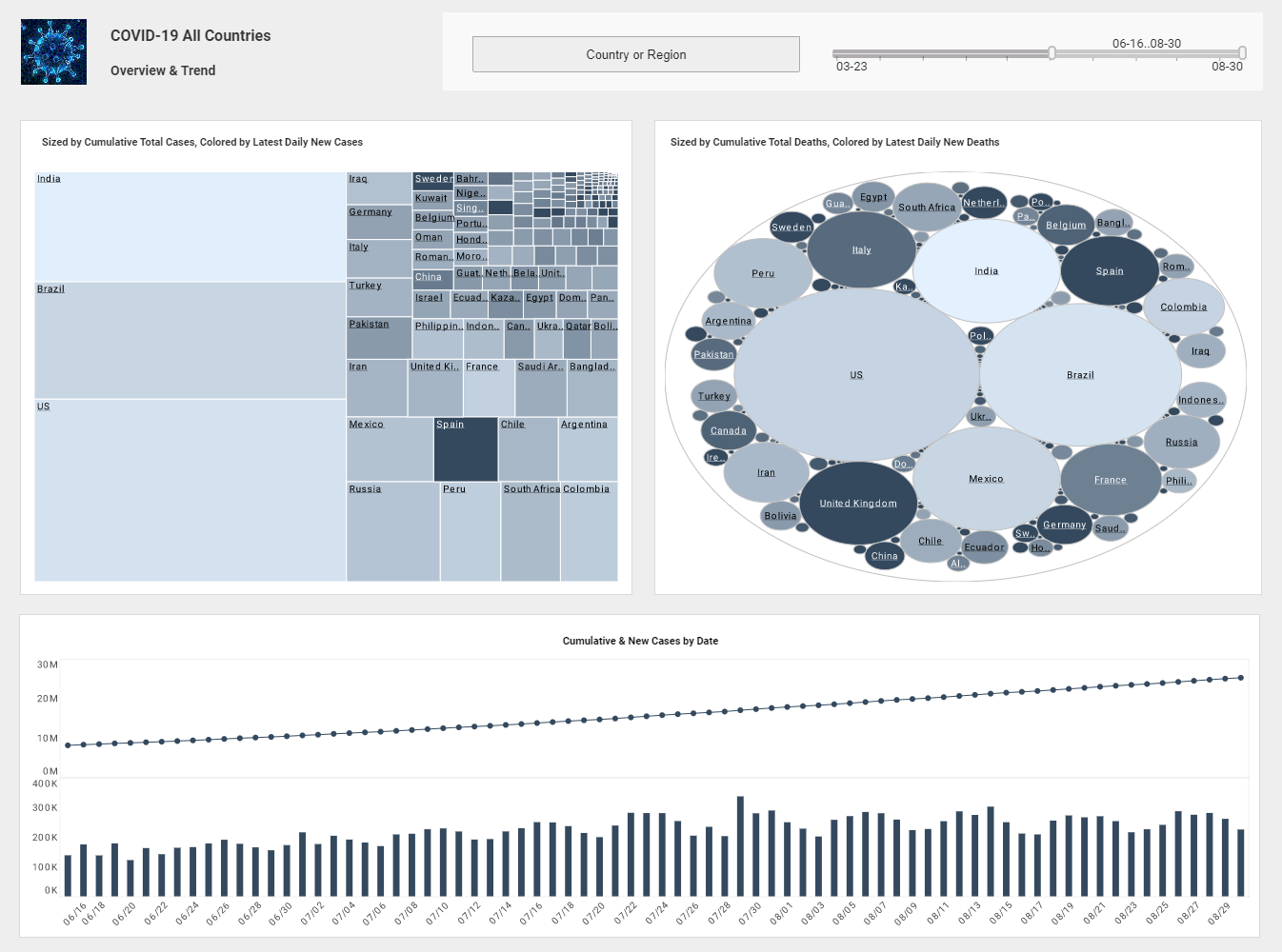What Is Agile BI Development?
This is the transcript of a Webinar hosted by InetSoft on the topic of "Agile BI: What is it and why should you care?" The speaker is Mark Flaherty, CMO at InetSoft.
Today we are talking about agile business intelligence development - which has become an industry buzzword nowadays. So sure, you can discount the term a little bit as marketing hype, but let’s focus on what’s useful about the term and the mission it conveys. Agile BI is seeking to overcome the traditional BI solution challenges or obstacles. There are three categories of these commonly perceived constraints.
Indeed BI solutions have been around for quite a while. Some of those solutions are 10-20 years old, and they’ve become very complex. That’s partly because they have been built via multiple acquisitions which result in a bunch of loosely-couple products that were developed independently. So it can be very complicated to understand the solutions and deploy them, to figure out which BI application you need, and so on.
The bottom line for enterprises trying to implement business intelligence is that the implementation becomes a lengthy, painful process. It takes a long time to iterate around a repetitive process to get to the ultimate state of successful deployment. Companies go through successive stages of building data access, building reporting and dashboard on top of that, and implementing a lot of analysis on top of that or implementing data mining as the business requirements are successively more accurately defined through this iterative process.
| #1 Ranking: Read how InetSoft was rated #1 for user adoption in G2's user survey-based index | Read More |
Meanwhile the array of different products needed might have expanded, and the budget tends to expand, much to everyone’s frustration. Along the way people realize a big disconnect between IT and business. IT gets the first set of requirements from the business. They go ahead and build the BI solution, but by the time they are done, maybe several months or year later, the business users have moved on to new business problems and BI needs. Once they got what they were first asked for, the requirements have changed.
So, you see this disconnect between the business requirements and the ability of IT to meet these requirements can be addressed through a rapid agile BI deployment. On the other side of it, we are also seeing some market dynamics that relate to this. You see business intelligence vendors, again some of those BI vendors have grown through acquisitions, they become slow to adapt and innovate, as well. They become bogged down in managing the acquisitions, and as a result innovation seems to have slowed down a lot. The focus in fact these days is mainly on integration with other process of enterprise application suites, and less on innovating the BI technology itself to make it easier and faster to deploy.
That leaves an opportunity wide open for BI solution providers like InetSoft. And to this market environment the influence of the recent recession which has been driving a big focus on cost efficiency. People do not want to pay for additional licenses for existing traditional commercial BI technology. So I think enterprises are much more open to considering more cost-effective alternatives such as ours.
Speaking of other industry buzz words and trends, a couple other hot ones are pervasive BI and embedded business intelligence. This has to do with a new mode of deploying BI. Instead of the BI application being deployed as a traditional standalone application, where you log on to the BI application, you are actually embedding the BI technology into another application, where it becomes seamless part of that application. It could be a CRM application, an ERP or supply chain or any kind of operational enterprise application, where BI literally become part of that application. And it's very transparent to the end-user. The fact they are using BI technology to run their reports and analyses and dashboards as part of their applications is hidden.
 |
Read the top 10 reasons for selecting InetSoft as your BI partner. |
There is another BI trend worth mentioning. People are talking about the rapid growth of cloud, particularly with startups not wanting to build their own IT infrastructure, set up their own server rooms and so on. This is most common among smaller companies. This extends to enterprise applications. There is also a preference for faster and smaller projects.
All three of these market themes contribute to the popularity of agile BI nowadays. For the record, by the way, we have been using Agile in our tagline “Easy. Agile. Robust” for more than 3 years now. So what does it mean to you? It means getting modern contemporary BI application infrastructure, which makes it very flexible to deploy and distribute rapid technical innovation. I will talk more about some of the stuff we have done in the agile BI in terms of technical innovation.


